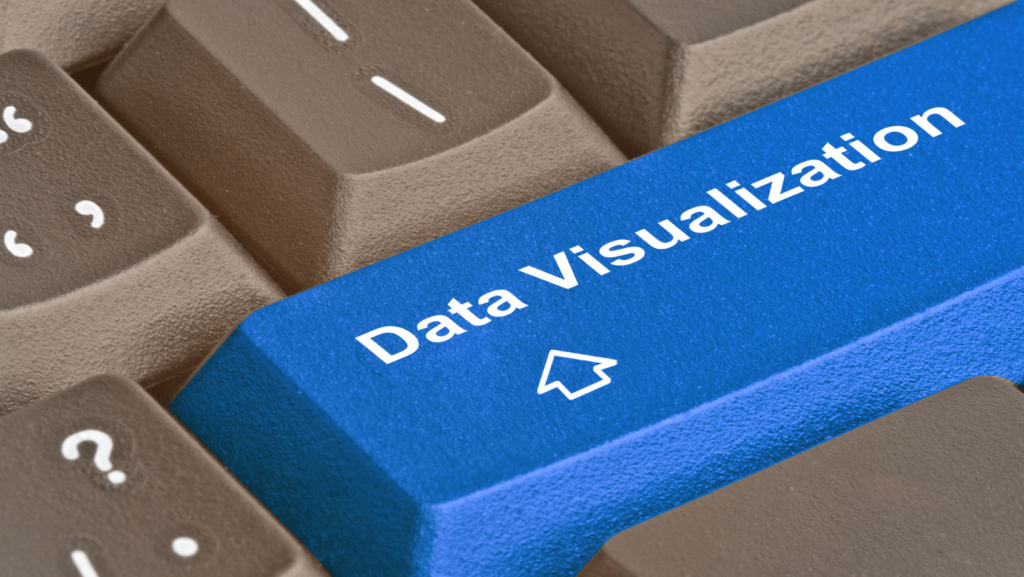
Financial reporting plays a critical role in providing insights into the financial health and performance of organizations. However, the interpretation of complex financial data can be challenging for stakeholders. This is where data visualization comes into play. By effectively visualizing financial information, businesses can transform raw data into meaningful insights that drive decision-making and facilitate communication. In this blog, we will explore the power of data visualization in financial reporting and how it can revolutionize the way we understand and present financial data.
Understanding Financial Reporting
Financial reporting encompasses the process of collecting, analyzing, and presenting financial information to stakeholders. It includes components such as balance sheets, income statements, and cash flow statements. However, interpreting these reports can be overwhelming for non-financial professionals. Clear and concise presentation of financial information is crucial to ensure that stakeholders comprehend the data accurately and make informed decisions.
The Benefits of Data Visualization in Financial Reporting
Data visualization brings numerous benefits to financial reporting. By transforming complex financial data into visual representations, it enhances comprehension and insights. Visuals, such as charts and graphs, provide a clearer picture of trends, patterns, and relationships in the data. This enables stakeholders to gain deeper insights and make more informed decisions. Moreover, visuals facilitate communication with stakeholders, as they can quickly grasp the key messages conveyed through visualized financial data.
Effective Visualization Techniques for Financial Data
To harness the power of data visualization, it is important to employ effective techniques. Choosing the right charts and graphs is crucial to present financial information accurately and intuitively. For example, line charts can show trends over time, while pie charts can represent the composition of expenses. Additionally, highlighting trends and patterns through visuals, such as color coding and annotations, can provide further clarity. Interactive dashboards allow stakeholders to explore financial data dynamically, drilling down into specific details as needed.
Tools and Software for Financial Data Visualization
Several tools and software are available to assist in visualizing financial data. These include popular options like Tableau, Power BI, and Excel. Each tool offers various features and functionalities, such as drag-and-drop interfaces, customizable dashboards, and real-time data updates. When selecting a tool, consider factors such as ease of use, scalability, integration capabilities, and cost.
Best Practices for Visualizing Financial Data
To create effective visualizations, it is important to follow best practices. Simplifying complex financial concepts through visuals helps stakeholders grasp the information more easily. Ensure accuracy and integrity in data visualization by verifying data sources and using proper labeling and annotations. Incorporating storytelling elements, such as narratives and context, adds depth and impact to financial reporting.
Overcoming Challenges in Financial Data Visualization
While data visualization offers immense benefits, it also presents challenges. Dealing with large and complex datasets requires thoughtful handling to avoid overwhelming visuals. Data security and privacy must be maintained to protect sensitive financial information. Additionally, it is crucial to be aware of potential biases in visualization techniques and strive for objectivity and transparency.
Future Trends and Innovations in Data Visualization for Finance
The future of data visualization in finance holds exciting possibilities. Emerging technologies like augmented reality (AR) and virtual reality (VR) are expected to enhance the visualization experience. Predictive analytics and artificial intelligence (AI) will enable more accurate forecasting and real-time insights. As these advancements continue to evolve, they will shape the way financial data is visualized, analyzed, and communicated.
Conclusion
In the world of financial reporting, data visualization is a game-changer. By transforming complex financial data into intuitive visuals, businesses can enhance understanding, facilitate decision-making, and improve communication with stakeholders. The benefits of data visualization are undeniable, and organizations must embrace this powerful tool to unlock the true potential of their financial data. So, start harnessing the power of data visualization today and pave the way for a brighter future in finance.

